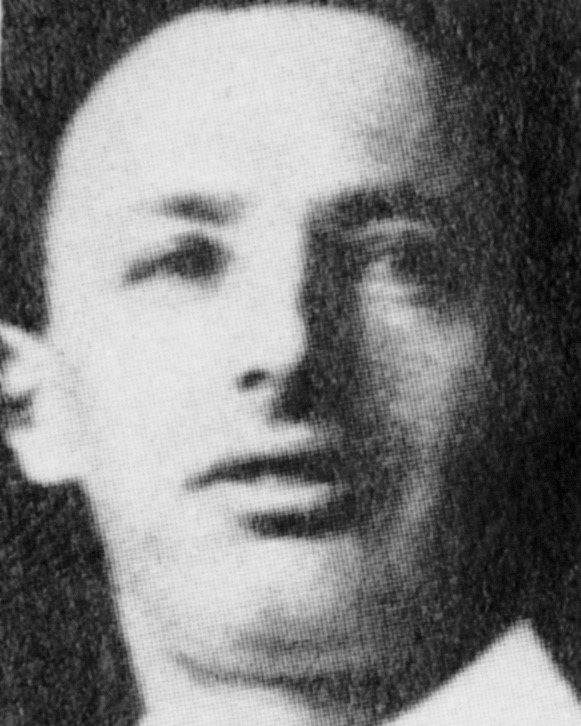Léon DRUCKER
January 4, 2019Léon INDENBAUM
January 4, 2019Nathan IMENITOFF
REJITZ (LATVIA) 1884 – BOULOGNE-BILLANCOURT (FRANCE) 1965
When Nathan Imenitoff was fifteen years old, he quit school to take drawing and modeling classes. In 1904, his family left the anti-Semitic Tsarist regime for the United States. He decided to move to Paris and enrolled at the Ecole des Beaux-Arts. He married a Polish doctor and acquired French nationality. He never returned to Russia.
In 1921, Imenitoff settled in Boulogne-Billancourt. In the interwar years, he worked with the Belgian architect Henry Lacoste, for whom he notably decorated the Belgian pavilions for the Colonial Exhibition in 1931 and the World Fair in 1937. He mostly represented masks and animal subjects.
He was a member of the jury at the Salon d’Automne from 1930 to World War II. During the war, he took refuge in the center of France and adopted a false identity. Many of his hammered lead sculptures were destroyed by the Nazis. After the war, he produced a candelabra representing a man with three legs and three arms. He called it the Candelabra of the Universe. He barely earned a living with his art and lived modestly. He died in Boulogne-Billancourt (France) in 1965
Stories of Jewish Artists of the School of Paris 1905-1939
FRENCH-ENGLISH
Capitale des arts, le Paris des années 1905-1939 attire les artistes du monde entier. De cette période de foisonnement, un terme est resté, celui d'Ecole de Paris, qui recouvre une grande diversité d'expression artistique. Dans ce brassage dont Montparnasse est le creuset, un groupe se distingue : celui des artistes juifs venus de Russie, de Pologne et d'Europe centrale. Si leurs styles sont variés, un destin commun les rassemble : ils fuient l'antisémitisme de leur pays d'origine. Certains ont connu la célébrité dès les années 1920, tels Soutine, Lipchitz ou Chagall. D'autres n'ont pas eu le temps ou la chance d'y accéder. Près de la moitié a péri dans les camps de concentration nazis.
From 1905 to 1939, Paris attracted artists from all over the globe as the capital of the art world. This period of artistic proliferation became known as the School of Paris, and includes a great diversity of artistic expression. Within the teeming art world centred on Montparnasse, one group set itself apart: Jewish artists from Russia, Poland, and Central Europe. Although their styles were diverse, they shared the common fate of fleeing anti-Semitic persecutions in their home countries. Some became famous in the 1920s, such as Soutine, Lipchitz, and Chagall, while others did not have the time or the luck to gain renown. Nearly half of these artists died in Nazi concentration camps.






